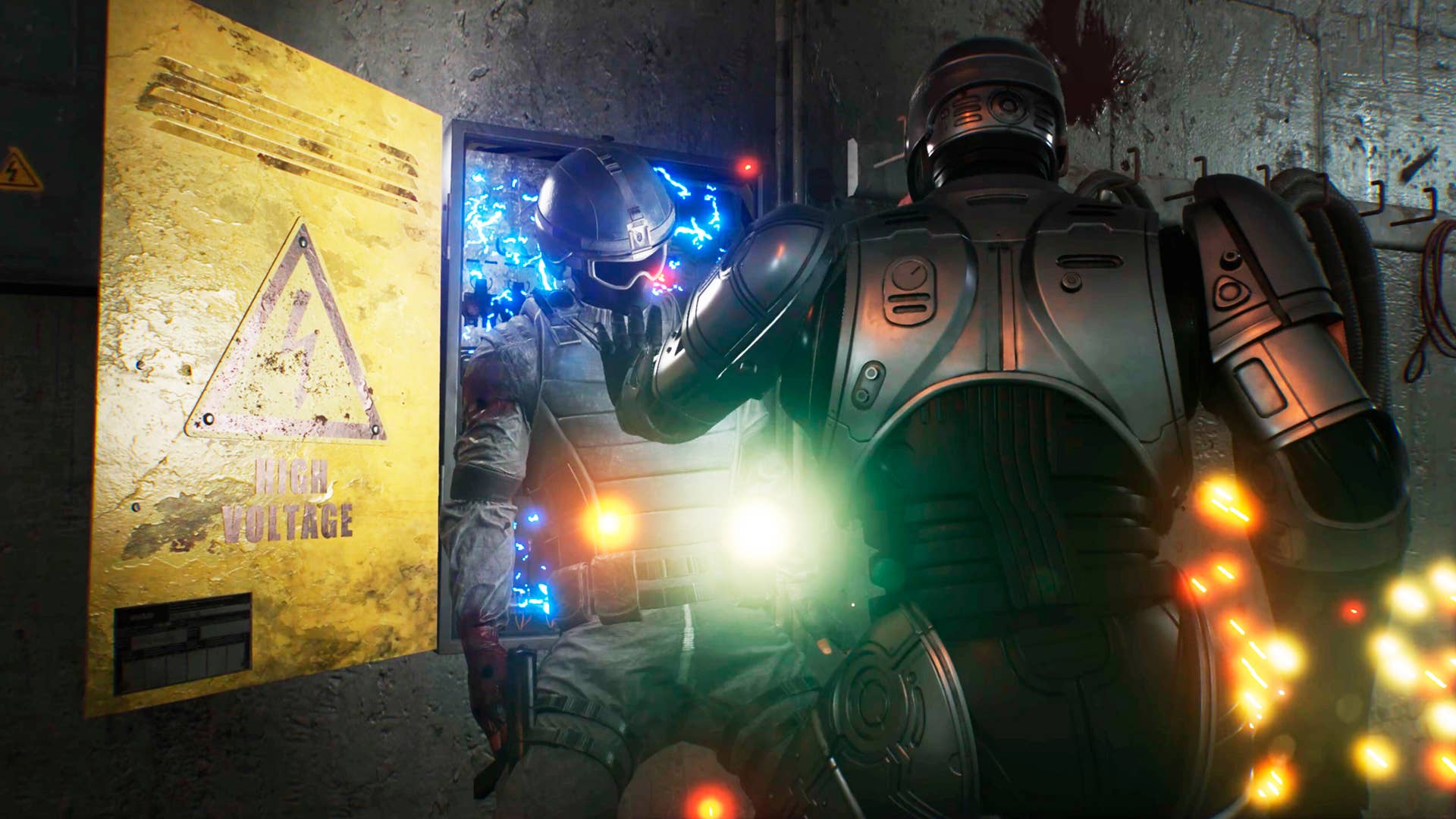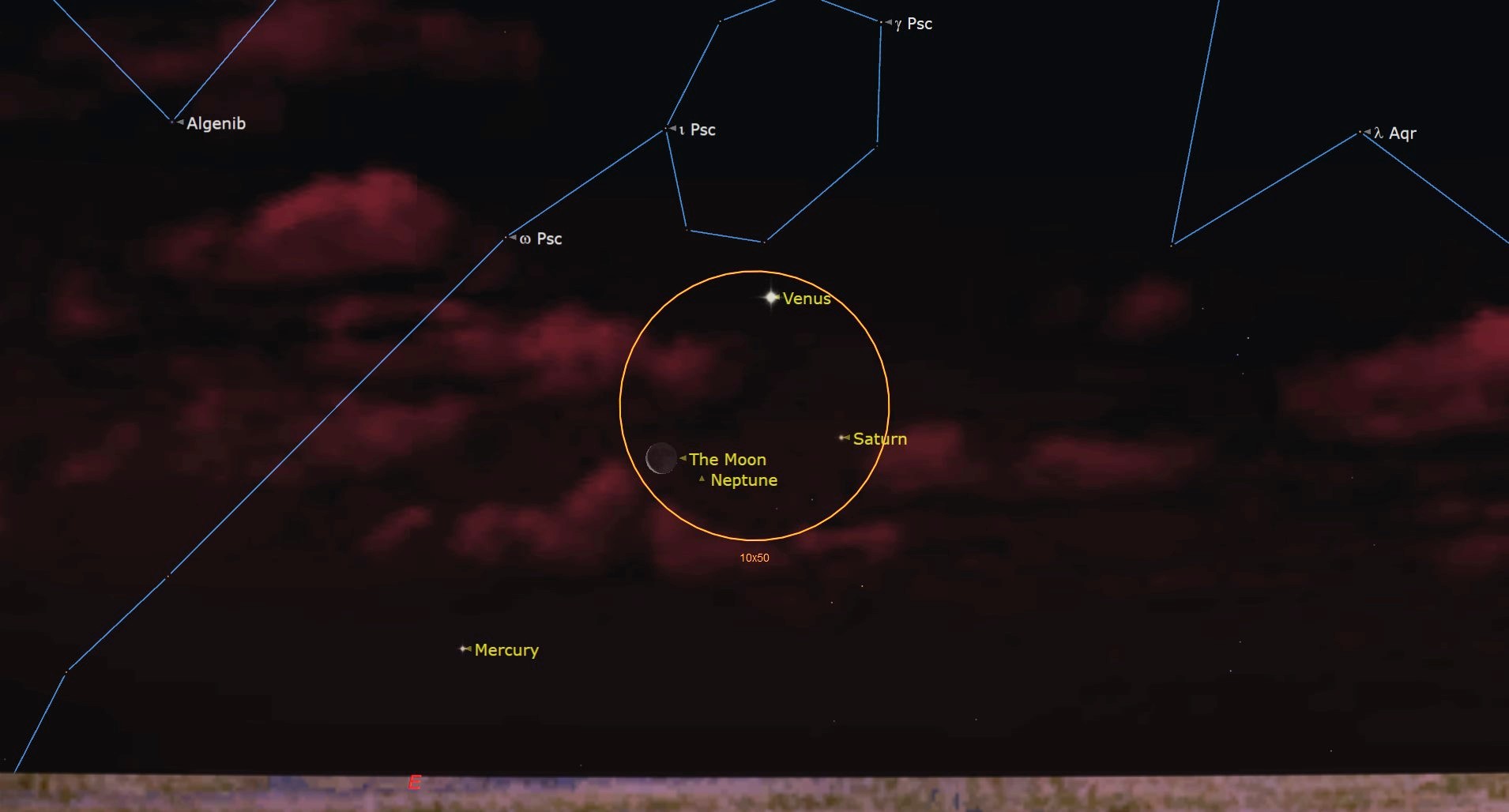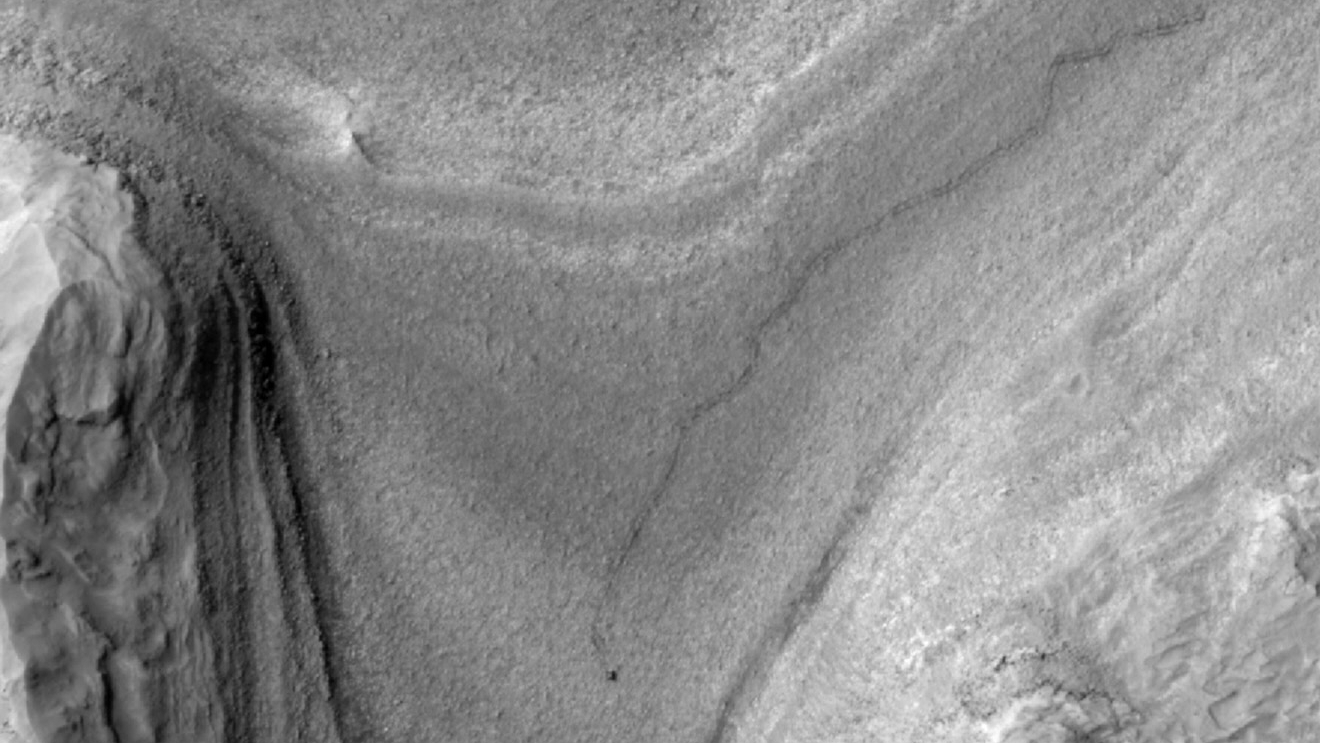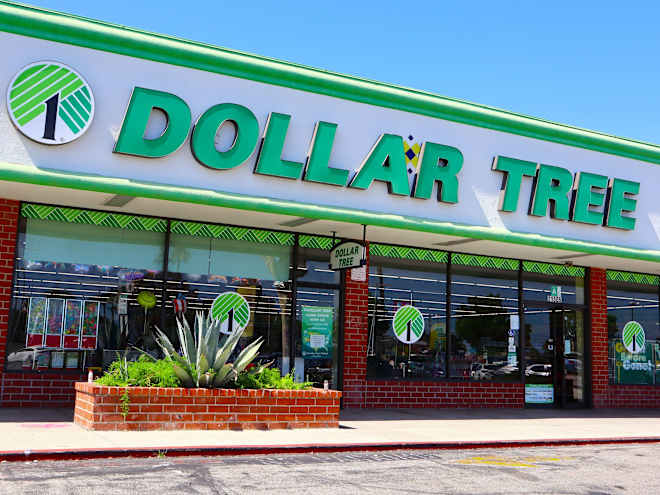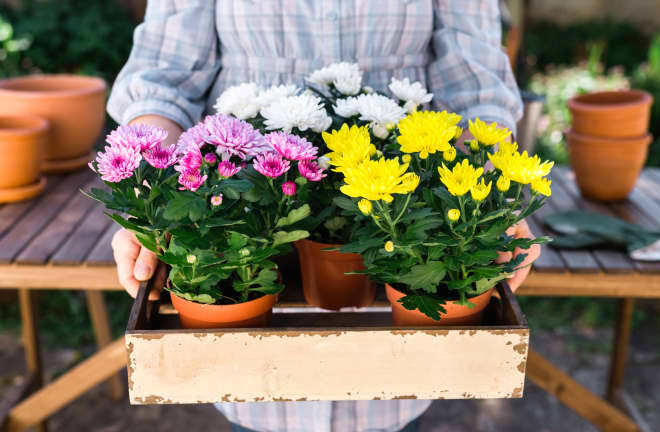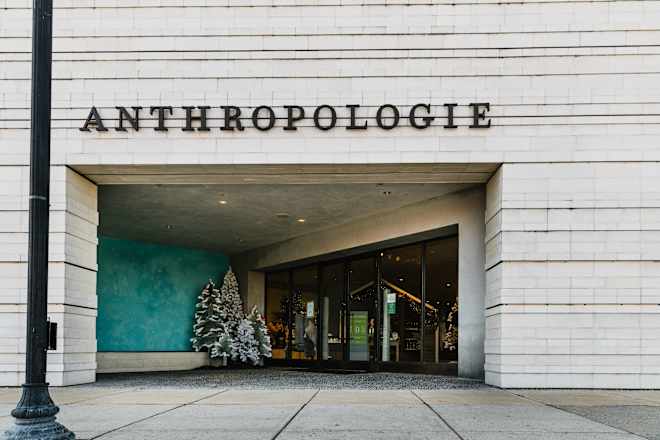Black Madonna Chapel at Kappelberg in Roosendaal, Netherlands
On November 19, 1421, the southern Netherlands was struck by the devastating St. Elizabeth's flood, so-named for the saint's feast day. The flood is estimated to have claimed between 2,000 and 10,000 lives, with dozens of villages underwater. As legend holds, one skipper caught in the flood promised Mary, mother of Jesus, that if he were to survive his perils, he would build a chapel at the location where he would once again rest his feet on land. The skipper kept his promise, building a chapel to the icon on a circular raised piece of land called a terp. Historical records of the chapel date back to the 16th century, and accounts of pilgrimages date back to the 18th century. In 1896, the chapel was rebuilt by a local farmer, Karel Haast, known as the "sexton of the Chapelhill." The chapel has two statues of Mary and an octagonal ambulatory showing the seven sorrows, a traditional Catholic devotion focusing on seven key events in Mary's life related to Jesus' suffering. The altar is in the middle of the chapel. Below, behind glass, the old, nineteenth-century, blackened statue of the Mother of God (Black Madonna) from the former wooden castle on the hill was placed. In July 1897, a newly made statue of Our Lady of Seven Sorrows, measuring over five feet tall (1.6 meters), with seven swords through her heart, was placed on the altar. Above the entrance to the chapel is the inscription, "Sanctae Dei Matri Mariae Consolatrici Afflictorum Sacrum," which, translated, means the "Sanctuary for the Holy Mother of God, Mary, Comforter of the Afflicted." Some suggest that the statue was never intended to be black but became so over time after being exposed to candle smoke and the oxidation of wood wax. In 1970, the Black Madonna statue was stolen, and the current statue is a replica. Every year on Ascension Day, May 29, pilgrims from the nearby village of Oud Gastel walk barefoot through dewy fields before arriving at the chapel, where brass band music accompanies their journey. This tradition dates back centuries and has roots in ancient Germanic festivals celebrating the emergence of new life in nature. It’s believed that the dew on the grass has a purifying and healing power, adding a spiritual element to the pilgrimage. Today, the chapel is at the end of an access road bordered by serene trees. Its chapel can be seen miles from the low-lying land reclaimed from the flood, also known as polders. Over the years, the city of Roosendaal expanded, and now the chapel is in an industrial area, but it still stands in its medieval grandeur.
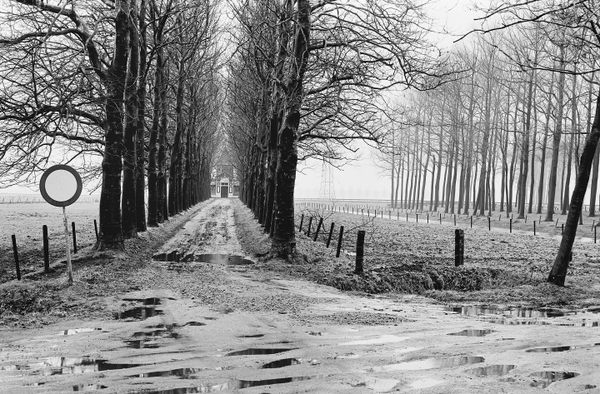

On November 19, 1421, the southern Netherlands was struck by the devastating St. Elizabeth's flood, so-named for the saint's feast day. The flood is estimated to have claimed between 2,000 and 10,000 lives, with dozens of villages underwater.
As legend holds, one skipper caught in the flood promised Mary, mother of Jesus, that if he were to survive his perils, he would build a chapel at the location where he would once again rest his feet on land. The skipper kept his promise, building a chapel to the icon on a circular raised piece of land called a terp.
Historical records of the chapel date back to the 16th century, and accounts of pilgrimages date back to the 18th century.
In 1896, the chapel was rebuilt by a local farmer, Karel Haast, known as the "sexton of the Chapelhill."
The chapel has two statues of Mary and an octagonal ambulatory showing the seven sorrows, a traditional Catholic devotion focusing on seven key events in Mary's life related to Jesus' suffering.
The altar is in the middle of the chapel. Below, behind glass, the old, nineteenth-century, blackened statue of the Mother of God (Black Madonna) from the former wooden castle on the hill was placed. In July 1897, a newly made statue of Our Lady of Seven Sorrows, measuring over five feet tall (1.6 meters), with seven swords through her heart, was placed on the altar. Above the entrance to the chapel is the inscription, "Sanctae Dei Matri Mariae Consolatrici Afflictorum Sacrum," which, translated, means the "Sanctuary for the Holy Mother of God, Mary, Comforter of the Afflicted."
Some suggest that the statue was never intended to be black but became so over time after being exposed to candle smoke and the oxidation of wood wax.
In 1970, the Black Madonna statue was stolen, and the current statue is a replica.
Every year on Ascension Day, May 29, pilgrims from the nearby village of Oud Gastel walk barefoot through dewy fields before arriving at the chapel, where brass band music accompanies their journey. This tradition dates back centuries and has roots in ancient Germanic festivals celebrating the emergence of new life in nature. It’s believed that the dew on the grass has a purifying and healing power, adding a spiritual element to the pilgrimage.
Today, the chapel is at the end of an access road bordered by serene trees. Its chapel can be seen miles from the low-lying land reclaimed from the flood, also known as polders. Over the years, the city of Roosendaal expanded, and now the chapel is in an industrial area, but it still stands in its medieval grandeur.























